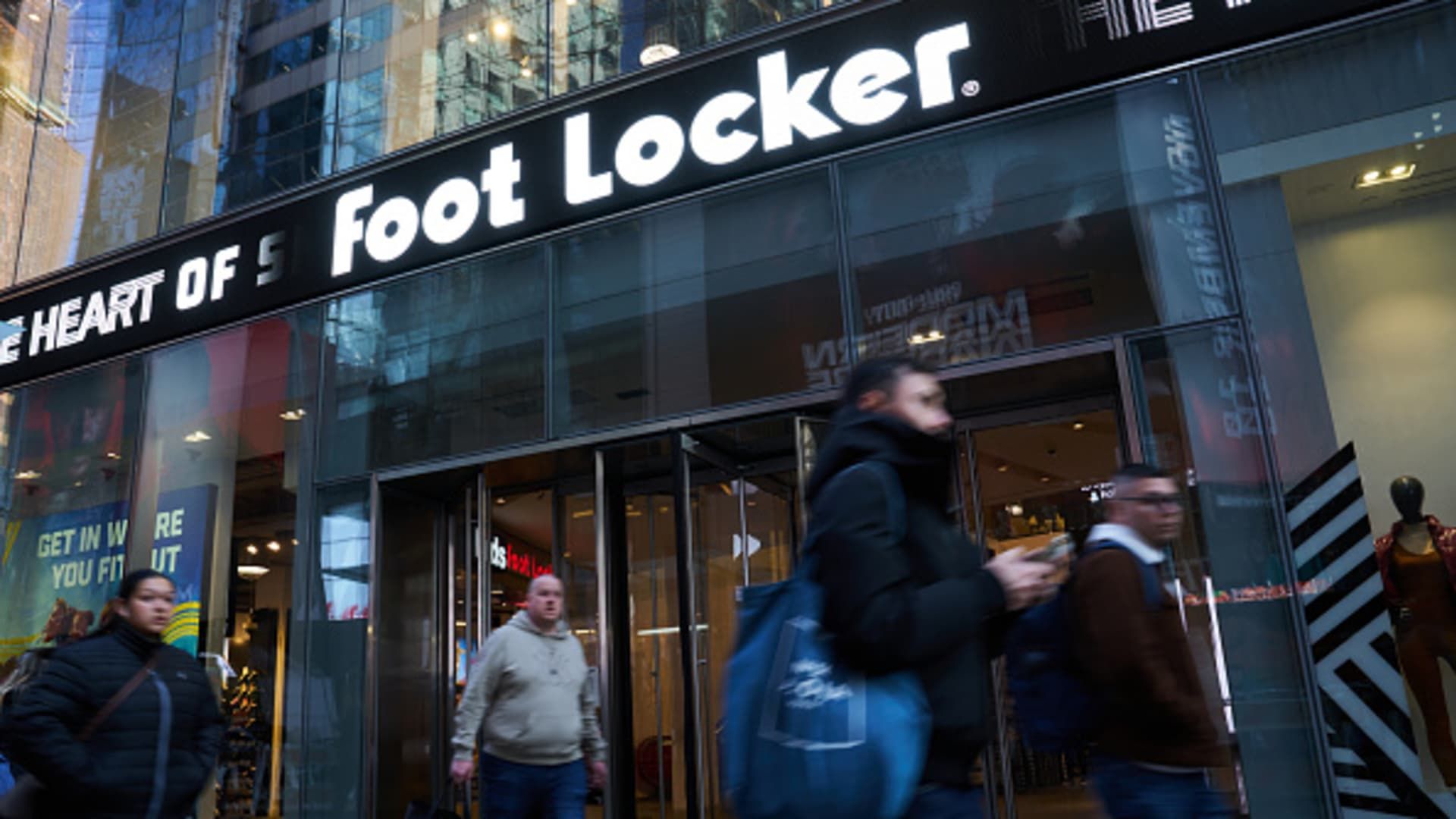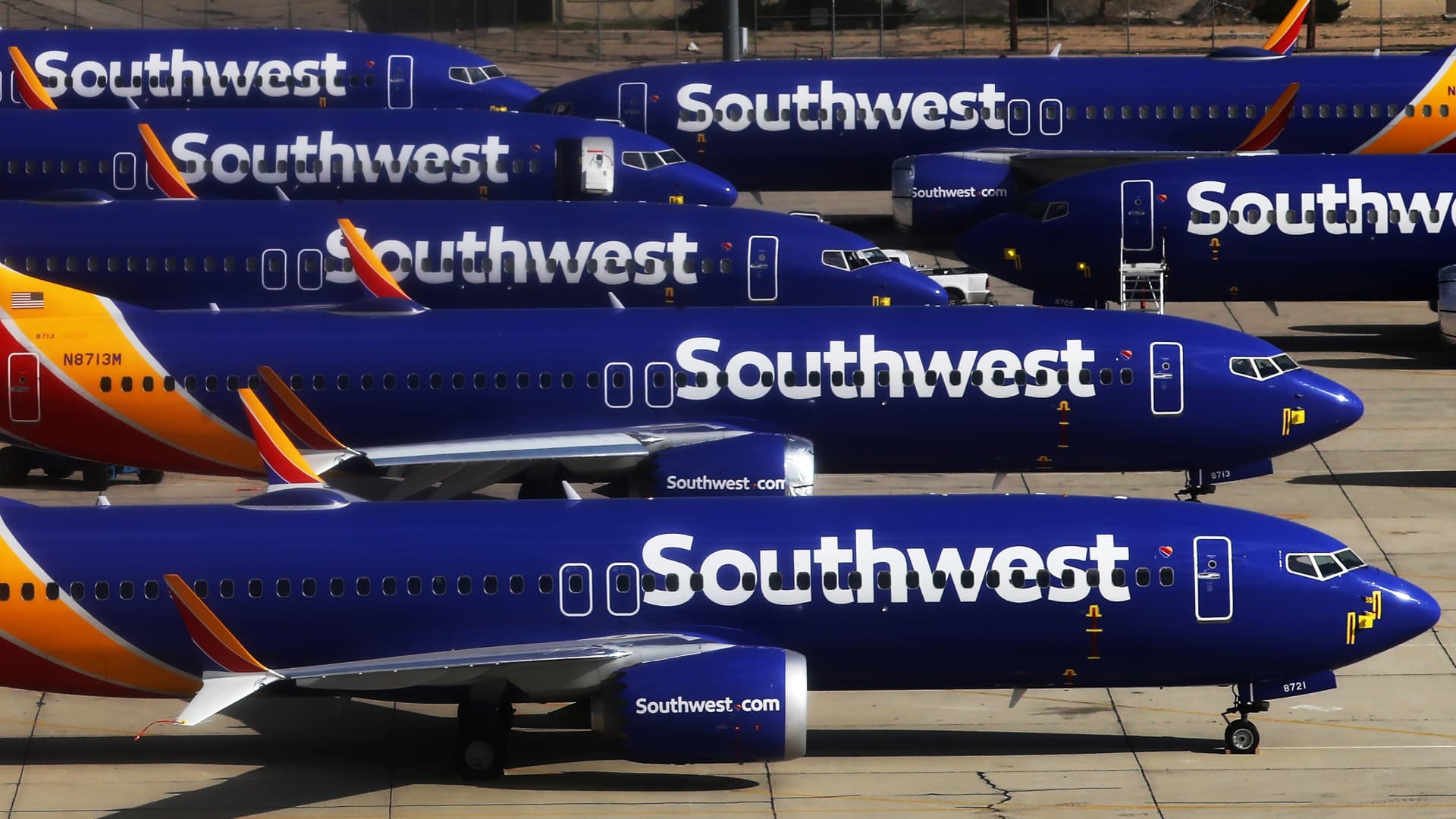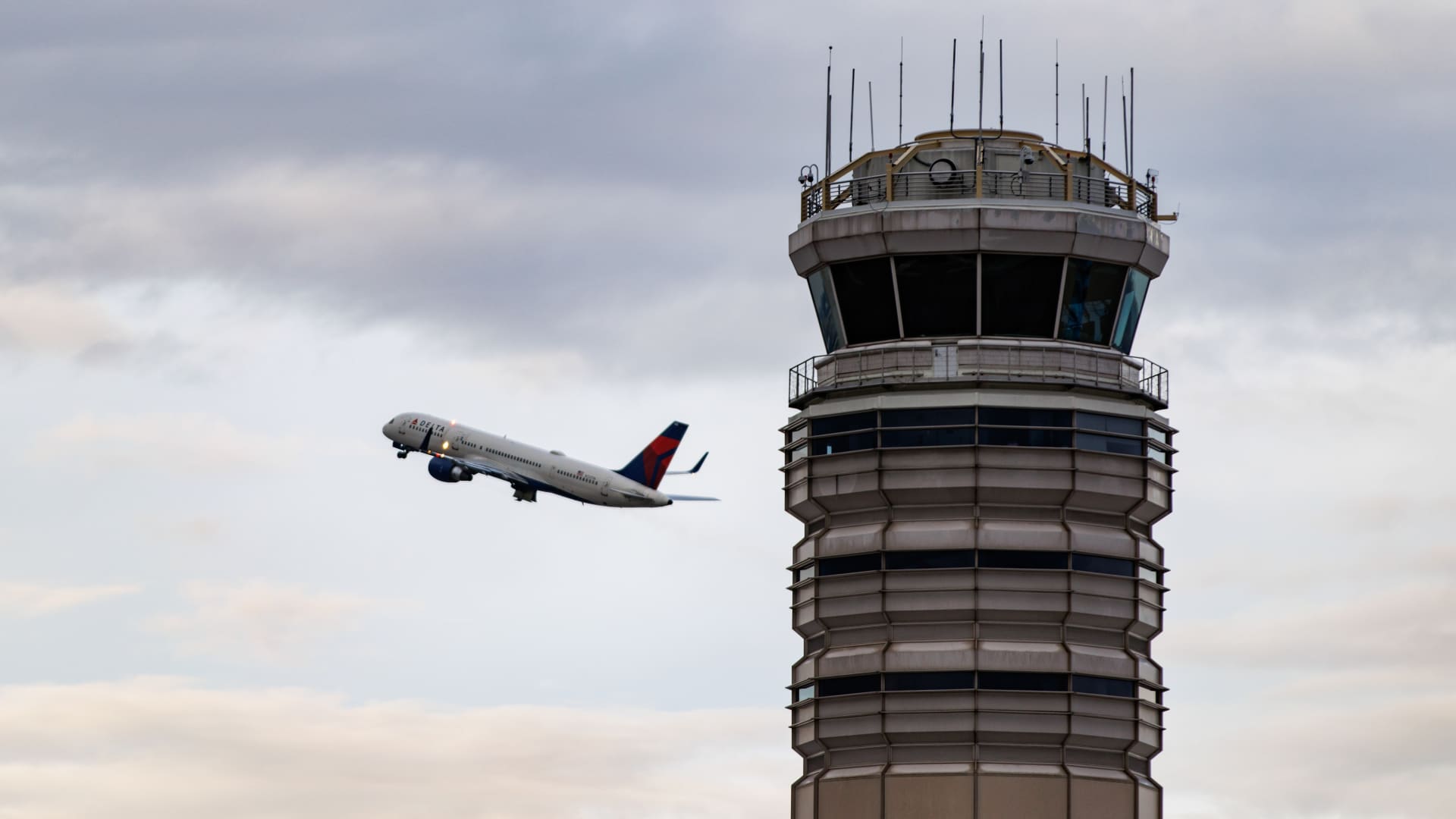Foot locker On Wednesday, it said comparable sales grew for the first time in six quarters as its efforts to renovate its stores and improve the customer experience continue to pay off.
According to StreetAccount, the sneaker company's comparable-store sales rose 2.6% during its fiscal second quarter, far better than the 0.7% increase analysts had expected. Its gross margin also expanded for the first time in more than two years.
Despite positive trends, shares fell about 5% in premarket trading.
“The Lace Up plan is working,” CEO Mary Dillon said in a press release, referring to the company's turnaround strategy. “Our revenue trends strengthened as we progressed through the quarter, including a strong start to the back-to-school season. We are also especially pleased to achieve stabilization in our Champs Sports line.”
Here's how Foot Locker fared compared to what Wall Street expected, according to a survey of analysts conducted by LSEG:
- Loss per share: 5 cents adjusted versus 7 cents expected
- Revenue: $1.9 billion versus the expected $1.89 billion
In the three-month period ended Aug. 3, Foot Locker lost $12 million, or 13 cents a share, compared with a loss of $5 million, or 5 cents a share, a year earlier. Excluding one-time items, Foot Locker posted a loss of 5 cents a share.
Sales rose to $1.9 billion, up 2% from $1.86 billion a year earlier.
For the current fiscal year, Foot Locker largely maintained its guidance and continues to expect sales to come in within a range of a 1% decline to 1% growth from a year ago, better than the 0.4% decline analysts had expected, according to LSEG.
Foot Locker also maintained its adjusted earnings per share forecast. It expects earnings to be between $1.50 and $1.70, significantly above the $1.54 that analysts had expected, according to LSEG.
From the ex Ulta Beauty Chief Mary Dillon took the helm at Foot Locker about two years ago and has worked to transform the company and ensure it remains relevant in a world where brands are not as reliant on multi-brand retailers as they were in the past.
Dillon has worked to repair the company's relationship with its largest brand partner, Nikeand has also taken a hard look at its sprawling but aging fleet of stores, where the company makes about 80% of its sales. This year, the company plans to spend $275 million on upgrading its stores through renovations and remodeling. Foot Locker has said the improvements are working.
Dillon has also worked to streamline costs at Foot Locker. On Wednesday, the company said it would close its stores and e-commerce operations in South Korea, Denmark, Norway and Sweden and rely on a third party for operations in Greece and Romania. In total, 30 of Foot Locker’s 140 stores in the Asia Pacific region and 629 in Europe will either close or be placed under a new operator as part of the changes.
Foot Locker is also planning to move its global headquarters from New York City to St. Petersburg, Florida, by the end of 2025 and plans to maintain only a limited presence in the Big Apple going forward.
“The goal of the relocation is to further strengthen the Company's significant presence in St. Petersburg and enable greater collaboration between teams across brands and functions while reducing costs,” Foot Locker said in a press release.
Foot Locker's Champs brand, which has been dragging down the company's overall performance, is also showing some signs of improvement. Comparable sales for the quarter were down 3.9%, an improvement from the 25.3% decline recorded in the same period a year earlier.
As it improves its stores, products and the customer experience online and in stores, Foot Locker is managing to boost sales even as its core consumer continues to feel the pressure of continued inflation and high interest rates, indicating that Dillon's efforts are paying off.
As of Tuesday's close, the company's shares were up more than 5% this year, compared with Nike's shares, which have fallen more than 21% over the same period.
Demand has certainly slowed across the retail sector, but consumers are still spending. They're just much more selective about who they spend with, which has made execution that much more important.
“Our strategies are gaining momentum heading into the remainder of the year,” Dillon said in a statement. “I remain confident that we are taking the right steps to position the company for the next 50 years of profitable growth and create long-term shareholder value.”








